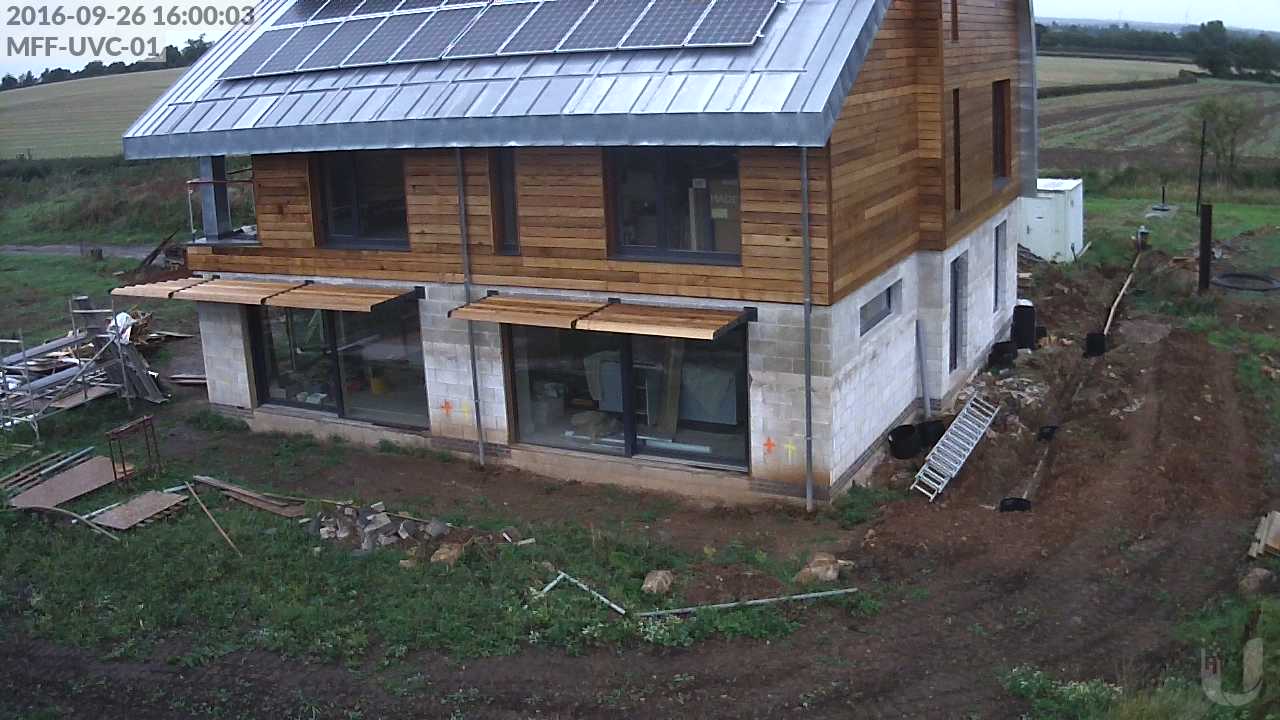The original plan was to get everything ready for Passivhaus certification (including the air tightness) and then get an Energy Performance Certificate (EPC) which reflected that. The delay to achieving a Passivhaus level of air tightness has meant a delay to the EPC.
A few weeks ago it became clear that it would be best to get an “interim” EPC which reflected the current energy performance and then get a revised EPC once all the issues have been ironed out, and that interim EPC was issued today.
The interim EPC is near the top end of Band B, with a score of 88 (Band B is 81 – 91 and Band A is 92 or greater). The good news is that:
- It’s now possible to commission the Solar Panels, which were installed months ago but are not currently operational
- The procedure for applying for the current scheme of Feed-In Tariff payments requires that an EPC – dated before the commissioning of the Solar PV installation – shows that the property performs at Band D or better (without any Solar PV installed) to prevent people getting FIT payments for properties that have serious energy efficiency shortcomings
- May is typically the peak month for Solar PV generation, and that’s just around the corner
- The Ecology Building Society reserve their maximum mortgage interest discount for properties that have obtained Passivhaus certification but they do offer more limited discounts for achieving EPC Band A or B
One of the recommendations from the interim EPC (which was required to exclude the Solar PV installation) is to install a Solar PV system, with the indication that a 2.5 kWp solar array will bump up the EPC score to 92 (i.e. just enough for Band A). The solar array is actually rated for 5.4 kWp so once commissioned that should place the property firmly in Band A territory.



